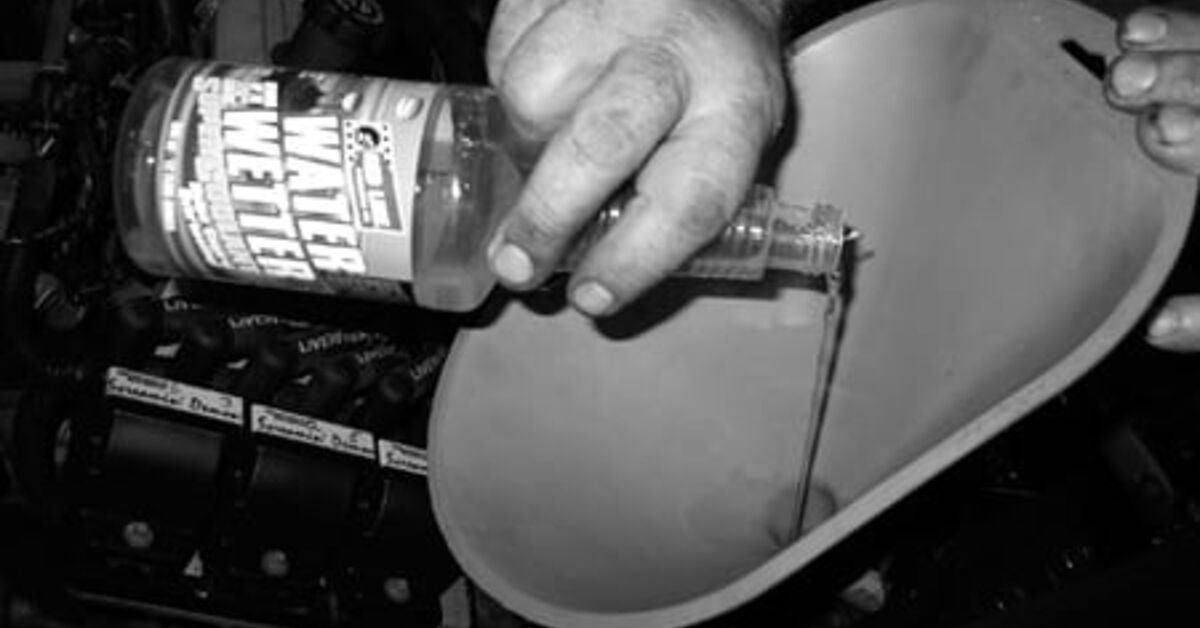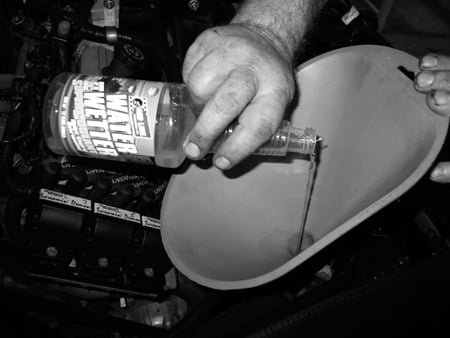Husker6.5
135' diagonal 16:9HD, 25KW sound!
Water wetter works. Been proven time and again in testing. There's a reason why racers use it - it aids in the transfer of heat from block/head metal to the coolant and from the coolant to the radiator metal because it's a surfacant and that helps the engine run cooler.


